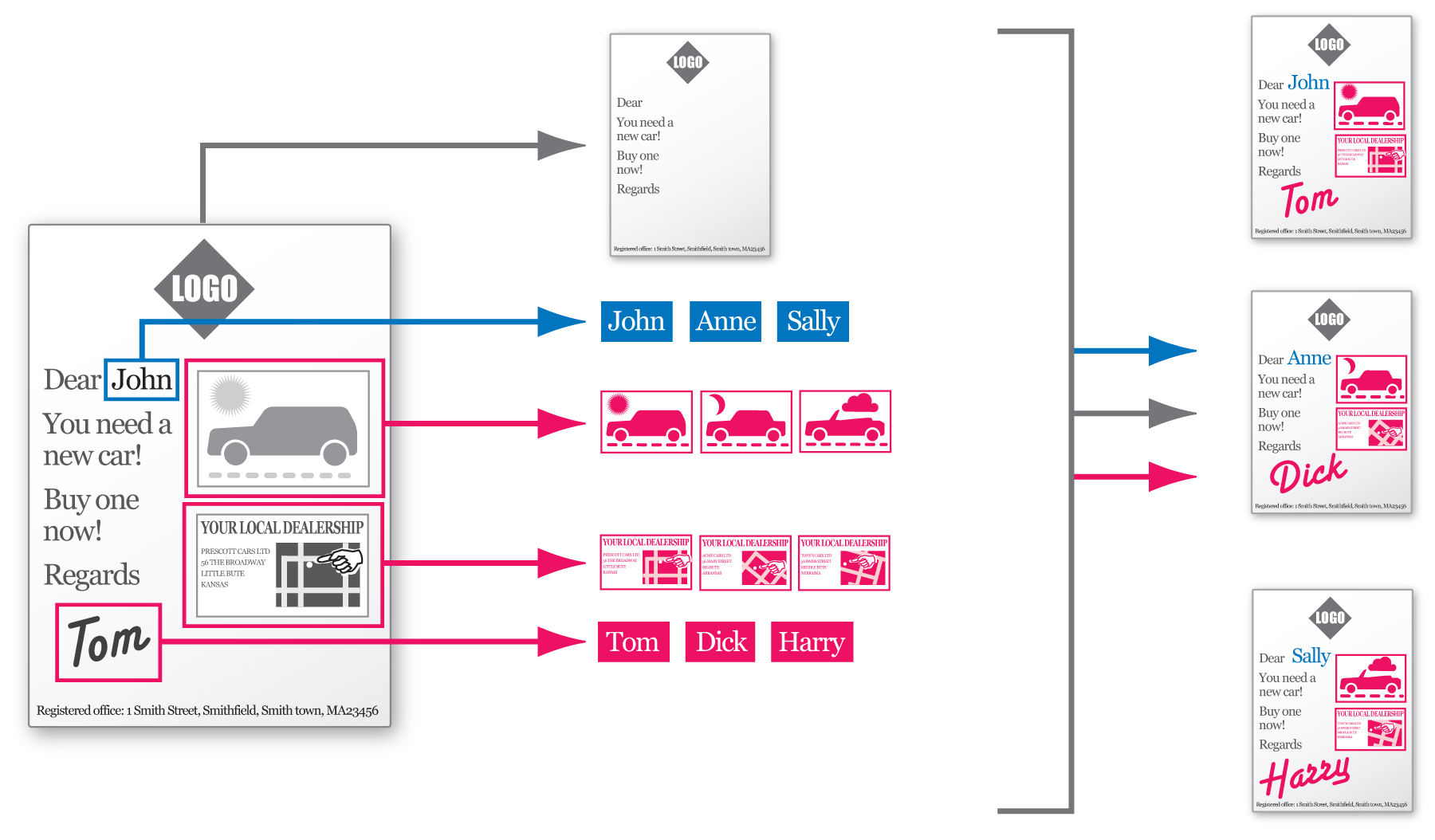Harlequin Core™ is a Raster Image Processor (RIP). It converts text and image data from many file formats including PDF, TIFF™ or JPEG, into rasters that a printing device understands.
Trusted by the print industry for over 30 years, Harlequin is the fastest RIP engine available, powering the next generation of digital printers. It's at the heart of SmartDFE™, a full software and hardware stack that provides everything you need to add print to a fully automated smart factory. Harlequin is also available as a Software Development Kit, if you wish to build your own solution.
Read more
White Papers
- High performance variable data printing using PDF
- Scalable performance in the Harlequin RIP
- The impact of PDF 2.0 on print production
Guide
Case Studies
Videos
- Speed and Scalability: two things to consider when choosing a RIP for your digital press
- Digital press data rates, and why they matter
- Working with spot colors in Harlequin Core
- Variable data printing and Harlequin VariData
Developer
New in Harlequin Core v14
- Average performance improvements of 12.5% and up to 60%
- Support for PDF/X-6 and PDF/VT-3
- Optimized for the latest hardware
- CxF/X-4 color
Features and benefits
Unbeatable speed
Harlequin Core is the fastest RIP Core available
Extreme performance
Uses a Scalable RIP farm to maximize performance
Energy efficient
Optimizes energy efficiency, resulting in reduced power consumption for a Digital Front End (DFE)
Flexible
Prints PDF, PNG, TIFF, JPEG etc
Fast variable data printing
Uses Harlequin VariData™ to accelerate the speed of variable data PDF files
Extensive compatibility
Complies with a wide range of print-related standards, including PDF 2.0, PDF/X-6, PDF/VT-3 and ICC
Exceptional color management
Achieves accurate, consistent and predictable brand color emulation with In-RIP ICC color management
High-quality screening options
Guarantees high-quality image reproduction every time
Cross-platform support
Supports Mac Silicon, Windows 11 and Linux (Redhat and Ubuntu)
Simple C API
For interfacing between layers and core
Export more than a raster
Exports technical and structural contours, and uses specialized plugins for specific printer features (eg bar-splitting, inspection system)
Paul Dormer, Product Manager, Harlequin Core“Harlequin Core performance is our absolute focus and is driven by analysis of a huge number of real-world PDF jobs.”
Unbeatable speed
The Harlequin Core is the fastest RIP engine available so your DFE as a whole will cost you less. It’s scalable to drive a wide range of devices. Harlequin Scalable RIP, an expanded integration framework, gives you access to a complete range of RIP/server configurations so you can bring high-quality, highly robust solutions to market quicker, with minimal development effort for integration.
Harlequin Core v14 now boasts its fastest ever performance - with average speeds up by 12.5% and up to 60% on some files over v13. Working with our OEM test suites and configurations, we tailor our development to making our customer jobs go faster, with the continuous goal of improved line speeds for printers driven by the Harlequin Core.

Variable data
Harlequin VariData™ greatly accelerates the printing of variable data jobs saved as either PDF/VT or a regular PDF. Variable data zones can contain text, barcodes and images. The content outside of the variable data zones is static and can be RIPped once, whilst the data in the variable data zones is RIPped for every page or step and repeated artwork. This greatly increases the speed to RIP and the ability to keep up with the printer.
Extensive compatibility
Harlequin Core supports all the features of PDF 2.0 standard ISO 32000-2 (PDF 2.0) that are relevant for print production including: AES-256 encryption, Unicode passwords for encryption, Output intents, Black point compensation controls, Halftone origin, as well PDF/X-6 and PDF/VT-3.

Exceptional color management and screening
Harlequin ColorPro™ offers in-RIP color management for accurate, consistent and predictable color reproduction for a wide range of workflows. It provides full support for industry standard ICC profiles, including v4 and DeviceLink profiles, so you can chain multiple transforms together for optimal management of all color on your press. And it doesn't only work for process colors: brand colors are intercepted if found in the RIP's resources or as a Spectral Data CxF/X-4 file embedded within the PDF file, so you can control their exact appearance on your device. The intended color appearance is retained even when brand colors are involved in live PDF transparency and emulated in process colorants.

Simple C API
You can add your own or third party code to supplement the functionality in Harlequin Core, from the type of screening and color management used, through to the exact raster output required. Example implementations and full documentation are online, along with consultancy from our Technical Services team, in order for you to seamlessly integrate the external code libraries of your choice.

Read more
White Papers
- High performance variable data printing using PDF
- Scalable performance in the Harlequin RIP
- The impact of PDF 2.0 on print production
Guide
Case Studies
Videos
- Speed and Scalability: two things to consider when choosing a RIP for your digital press
- Digital press data rates, and why they matter
- Working with spot colors in Harlequin Core
- Variable data printing and Harlequin VariData
Developer
Working with you
Here at Global Graphics Software we understand how difficult it can be to get started on your digital print journey, and so our Technical Services team is ready to offer free expert advice and help.
Dedicated experts in RIP and screening technology, principal software engineers and color scientists, all with decades of real-world experience, are ready to guide you through the process of selecting the right software components and then successfully implementing them into your press.
We pride ourselves on offering a personal, friendly service and work with you to ensure the fastest time to market.


